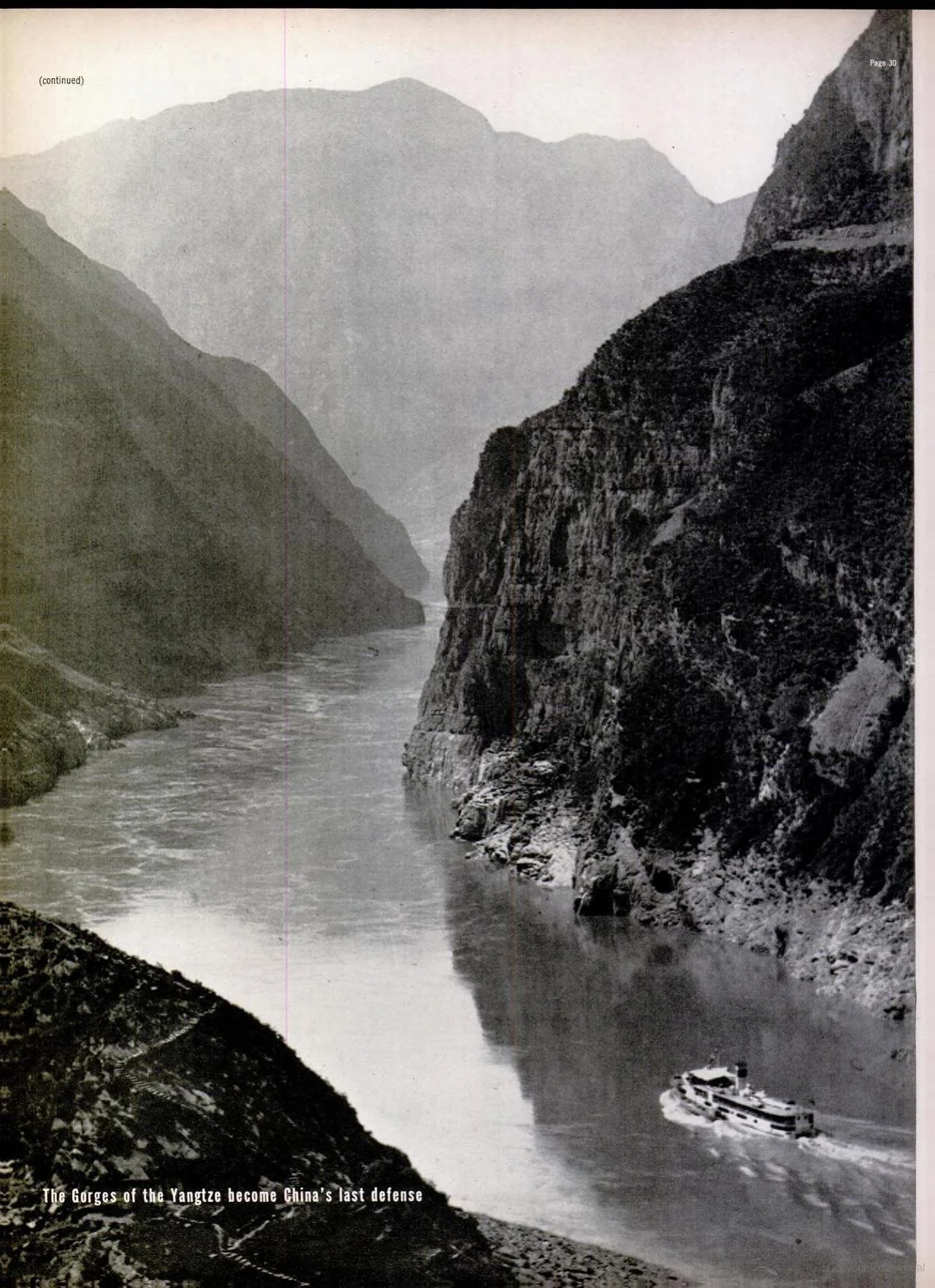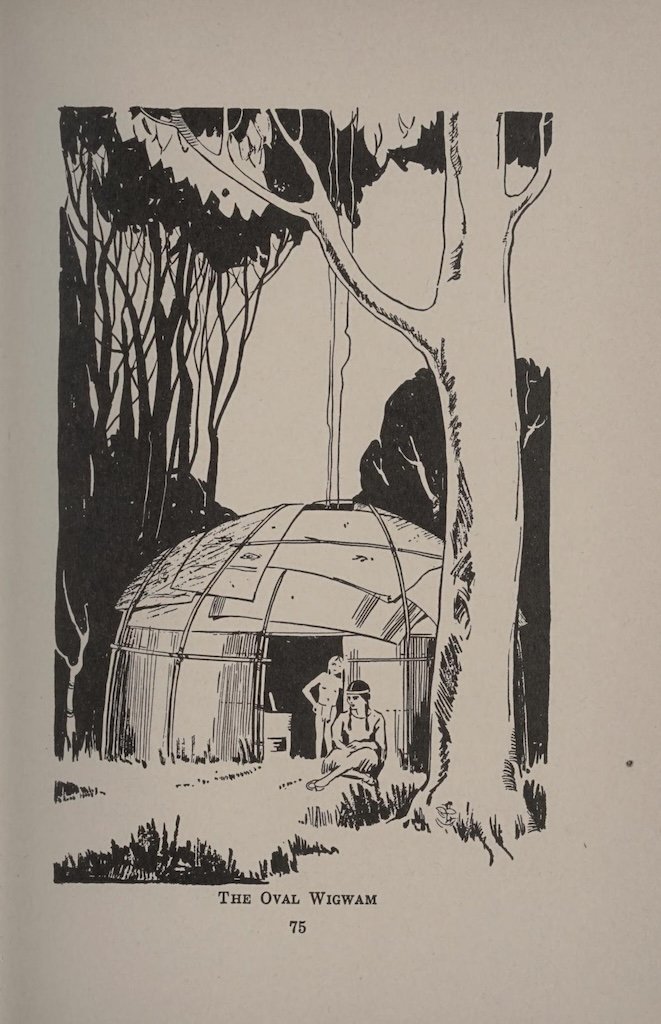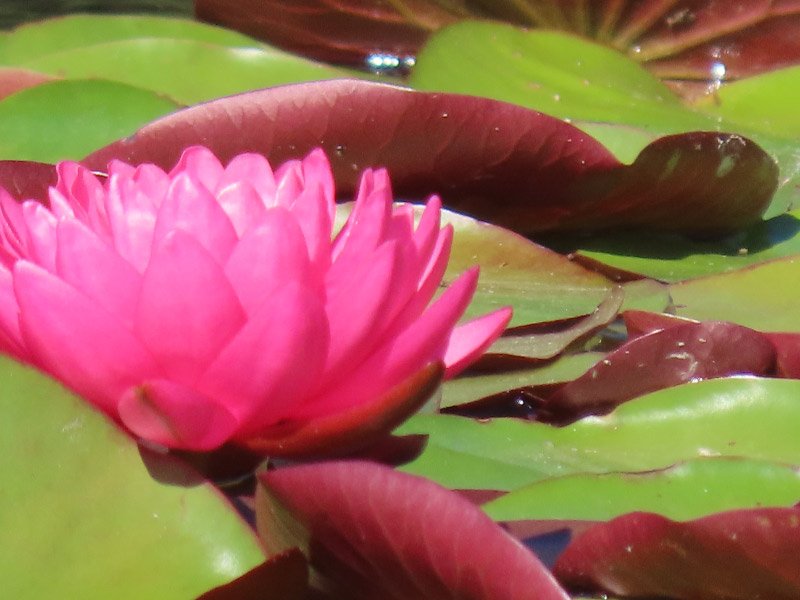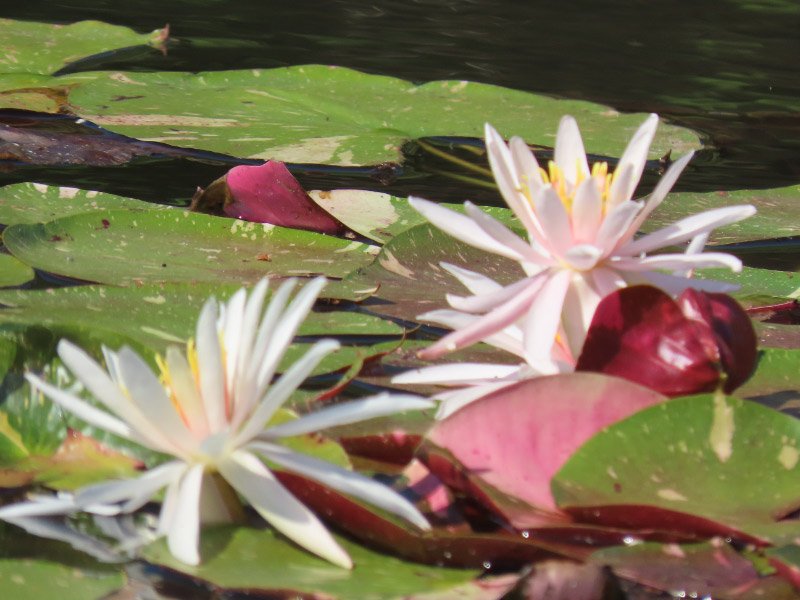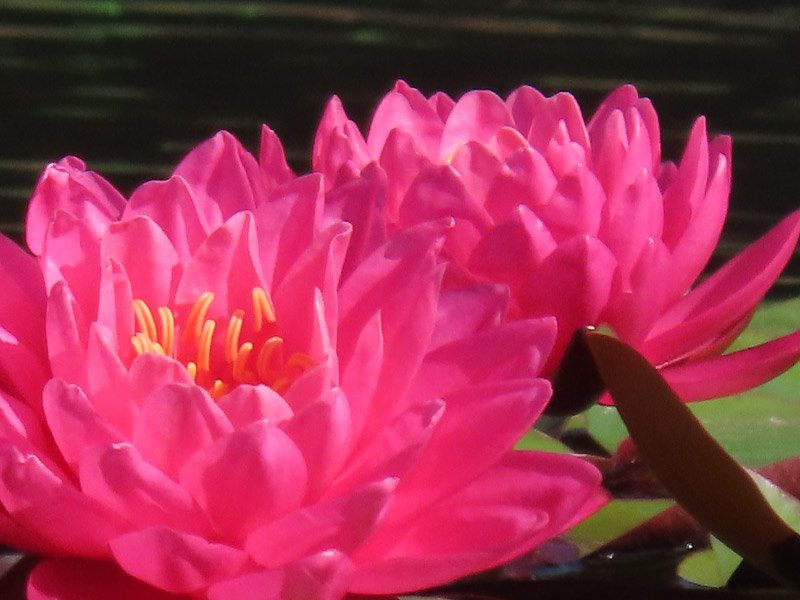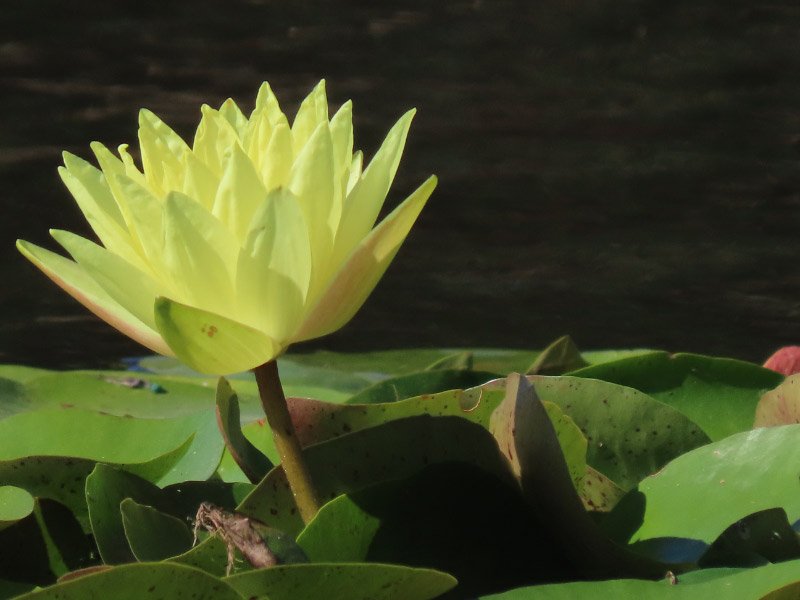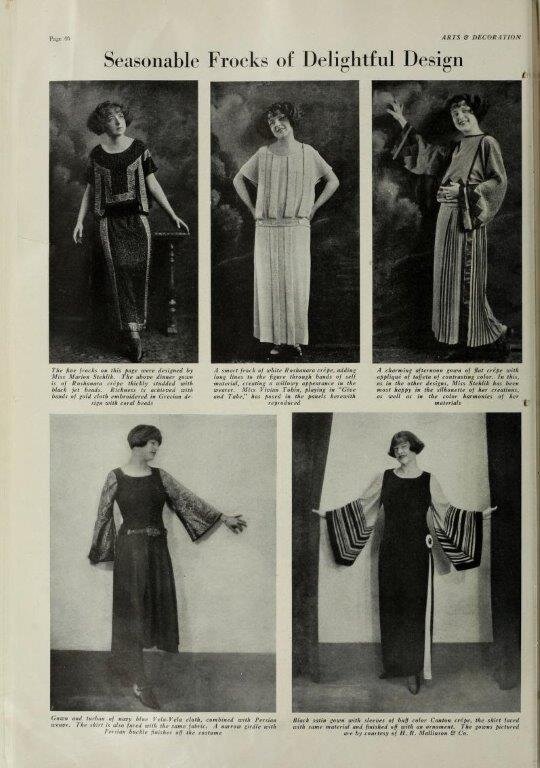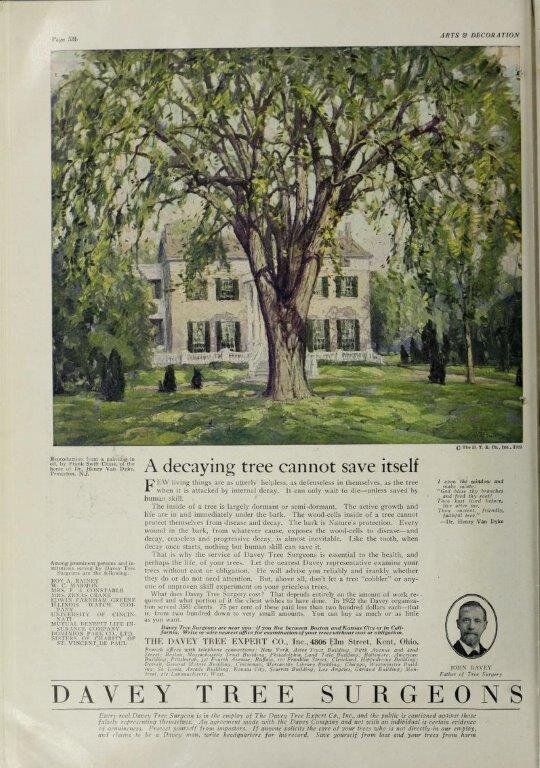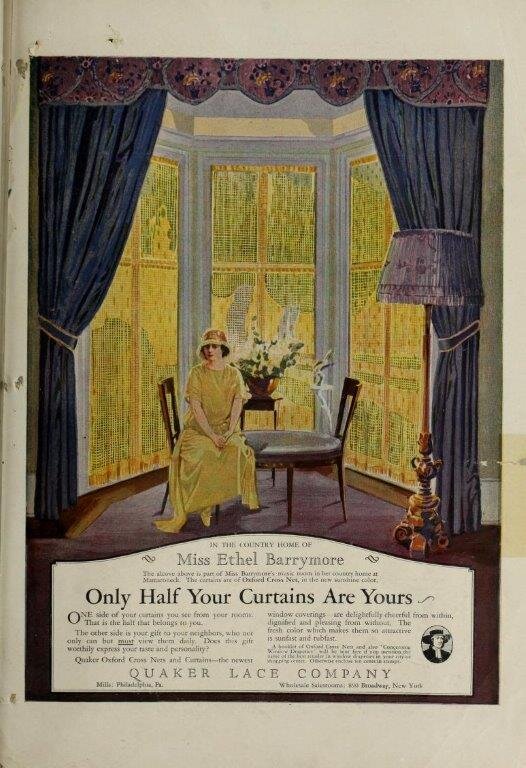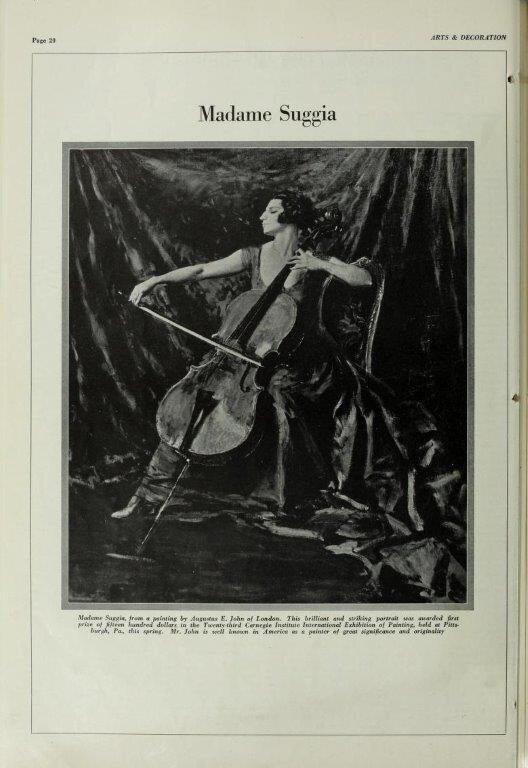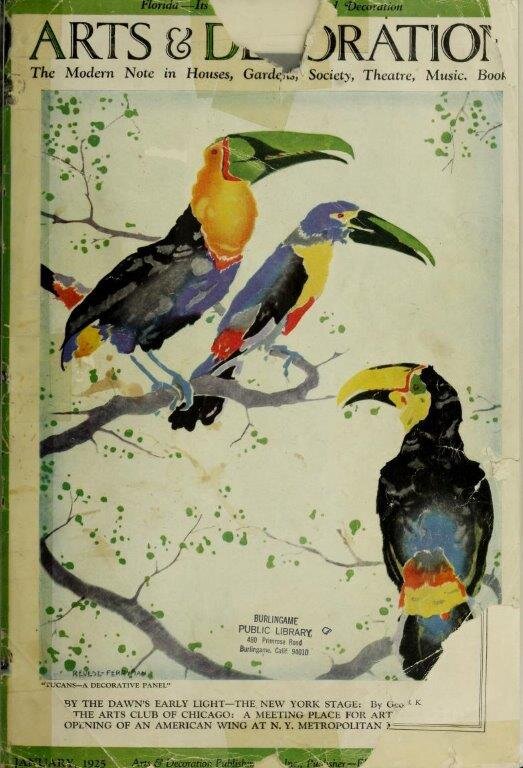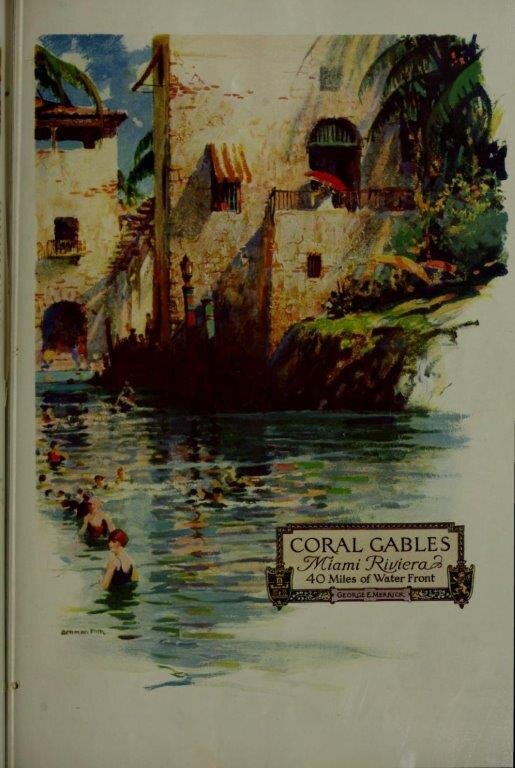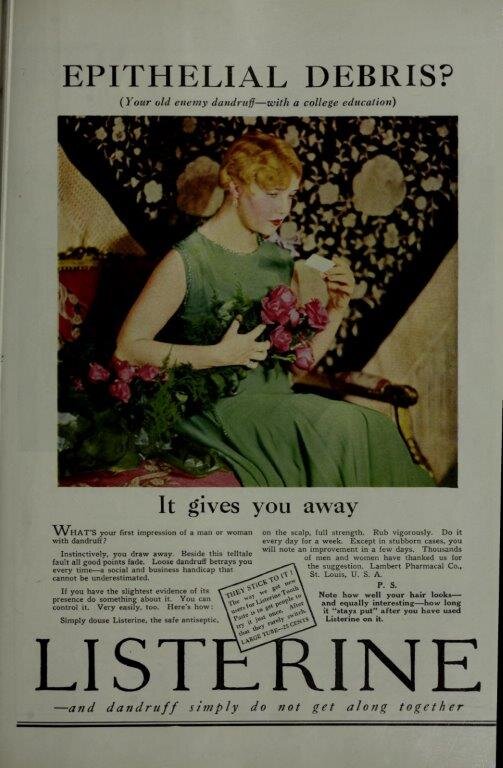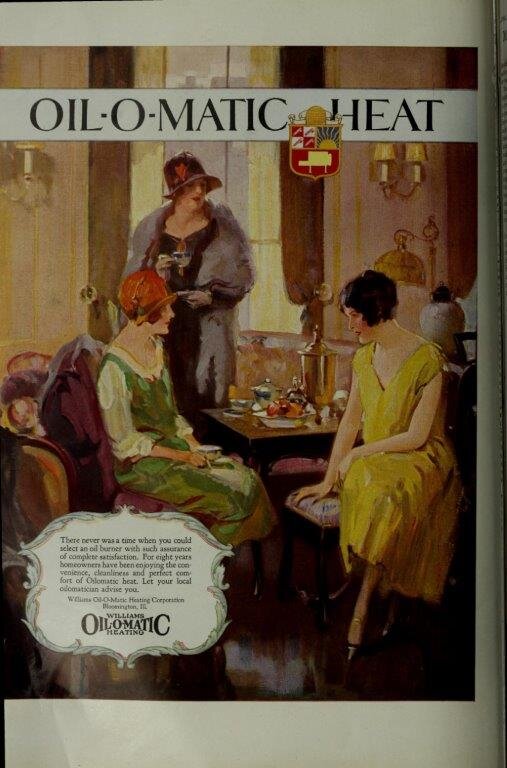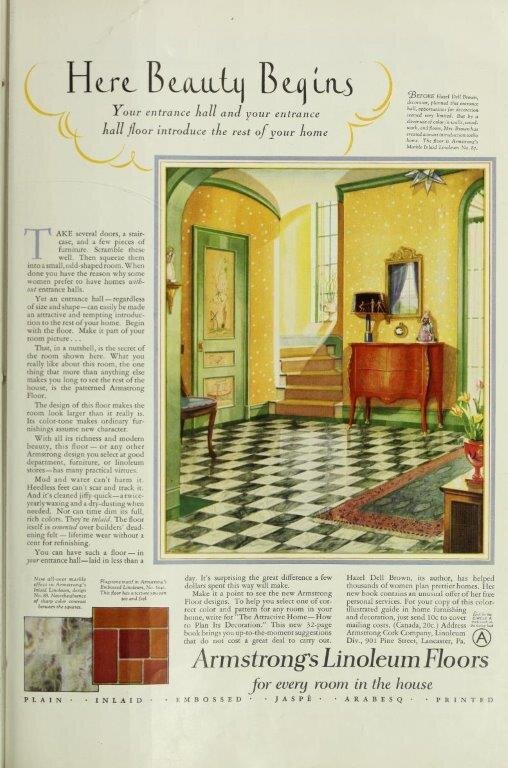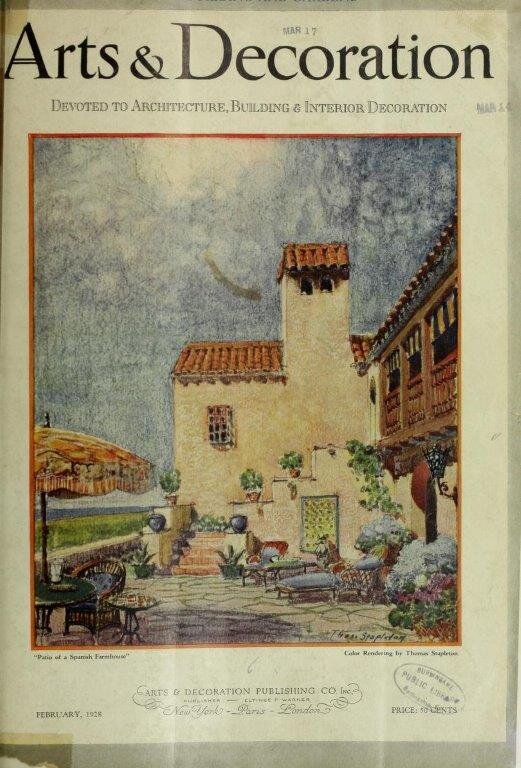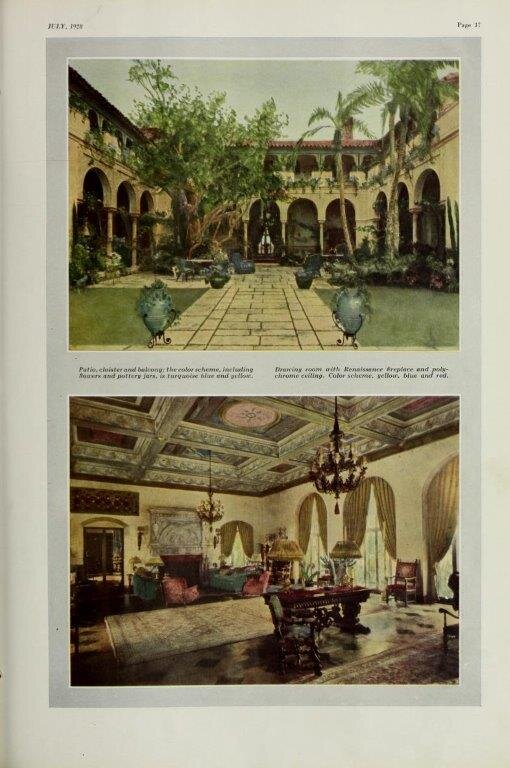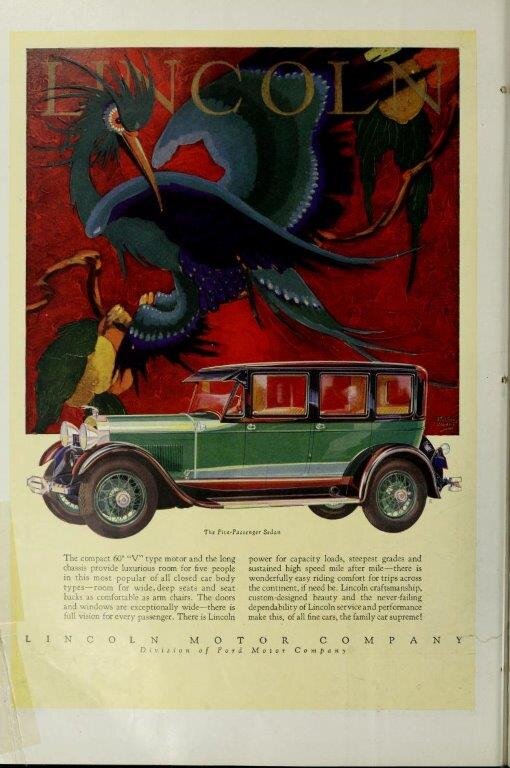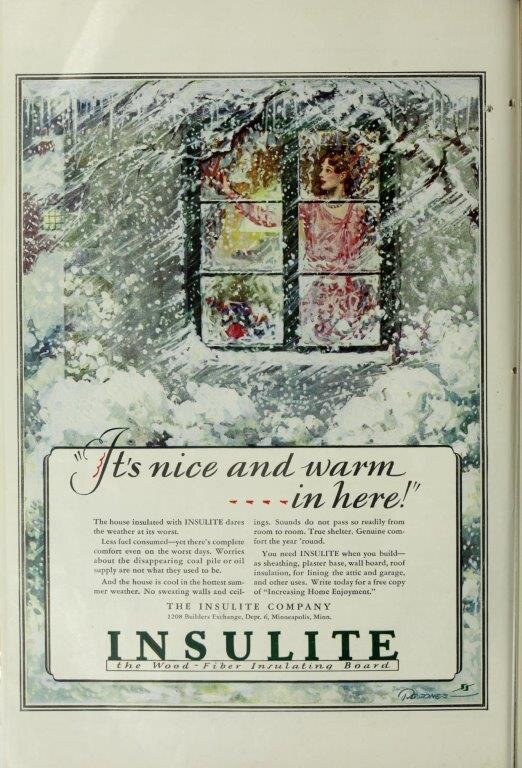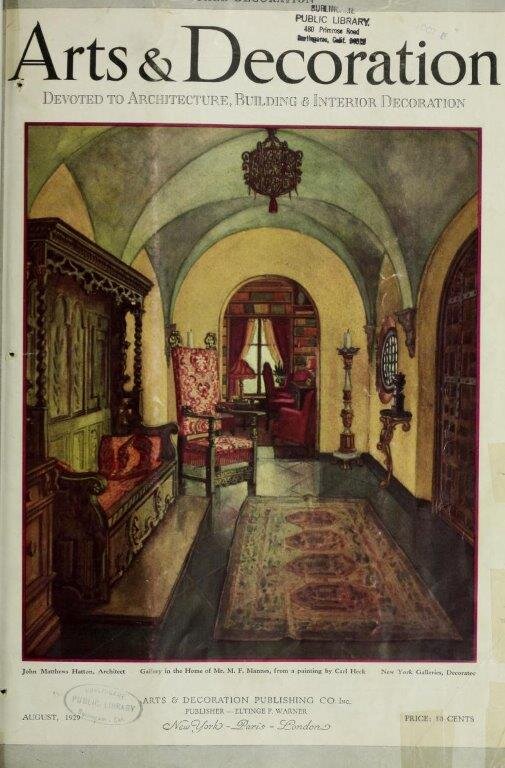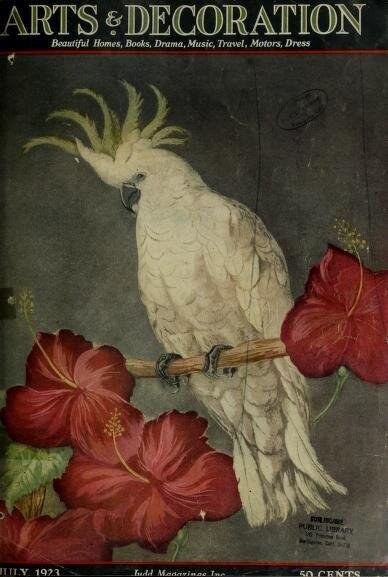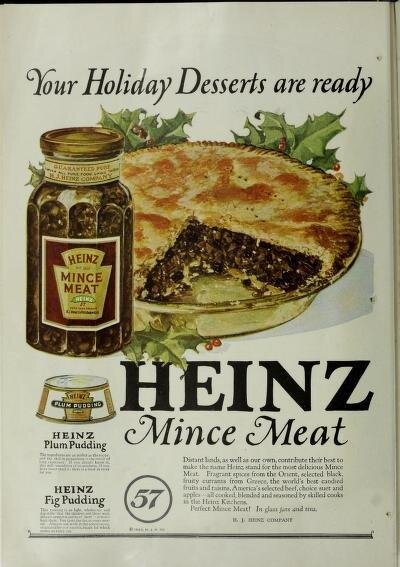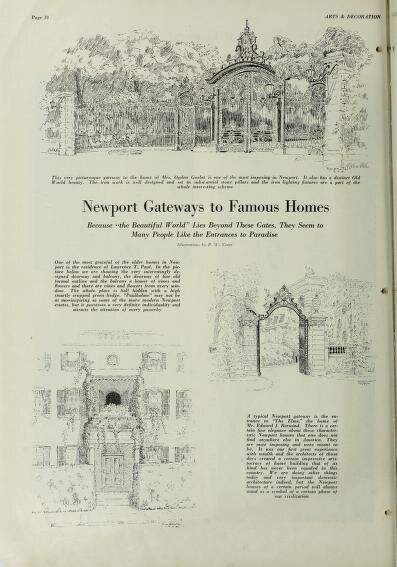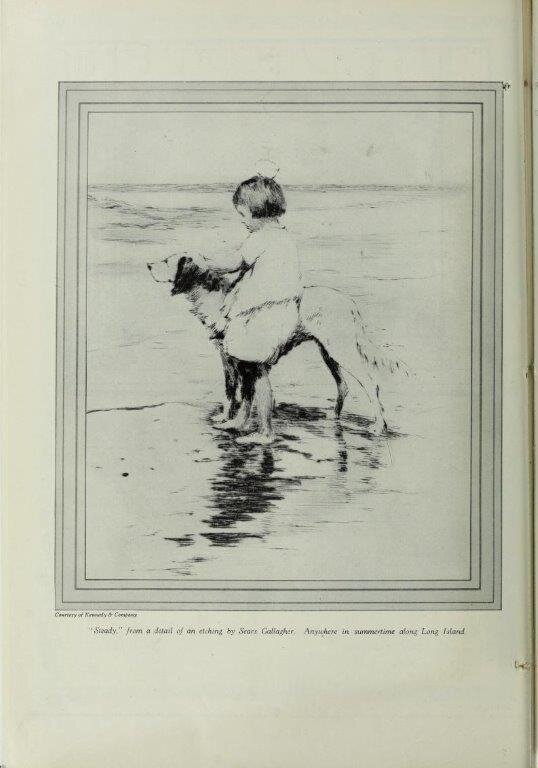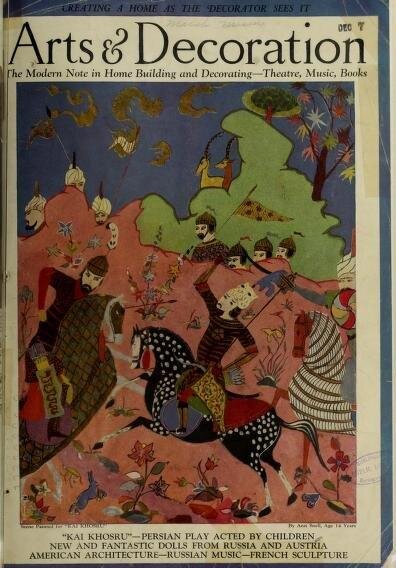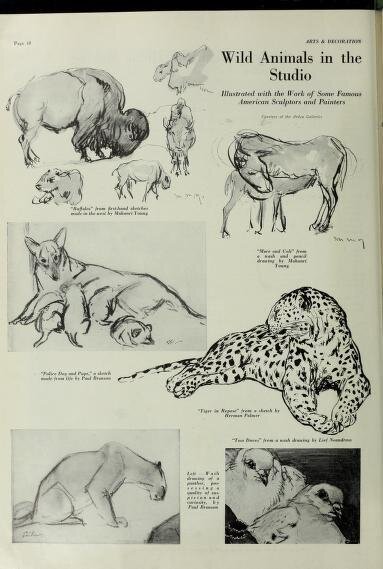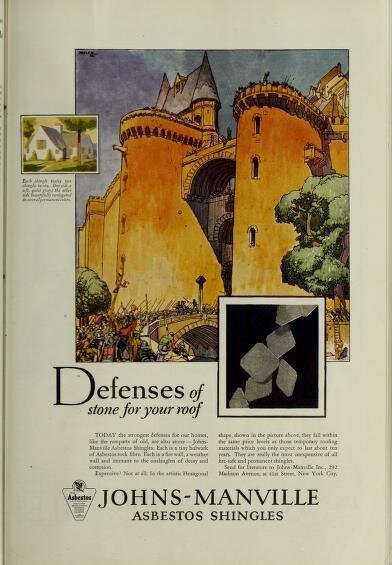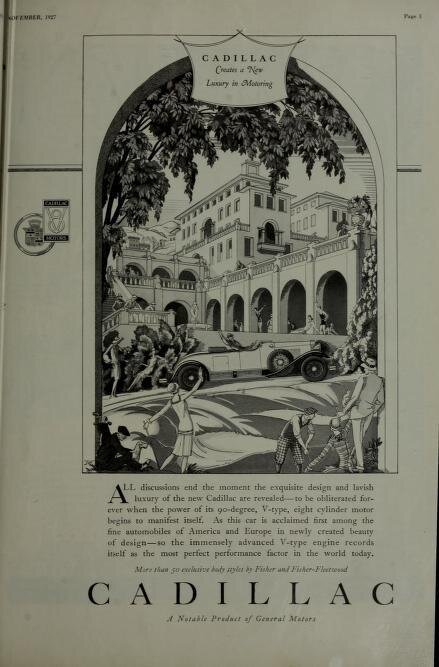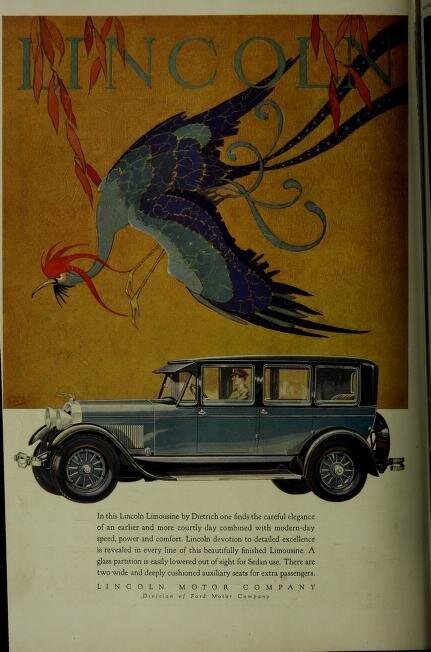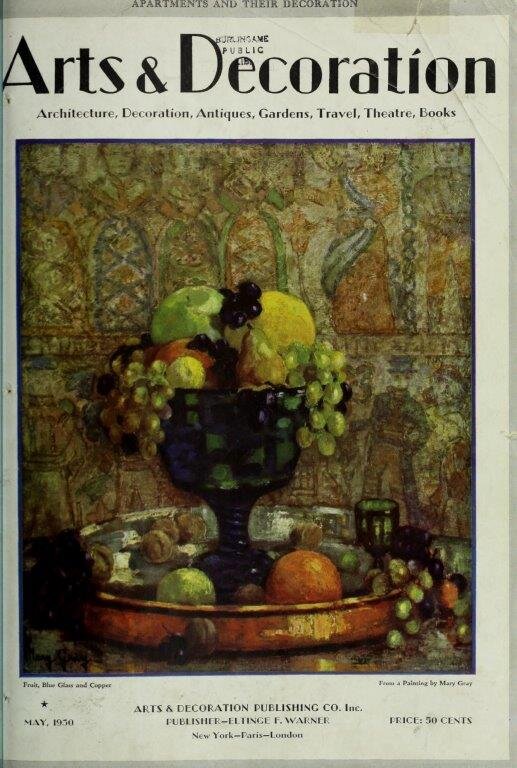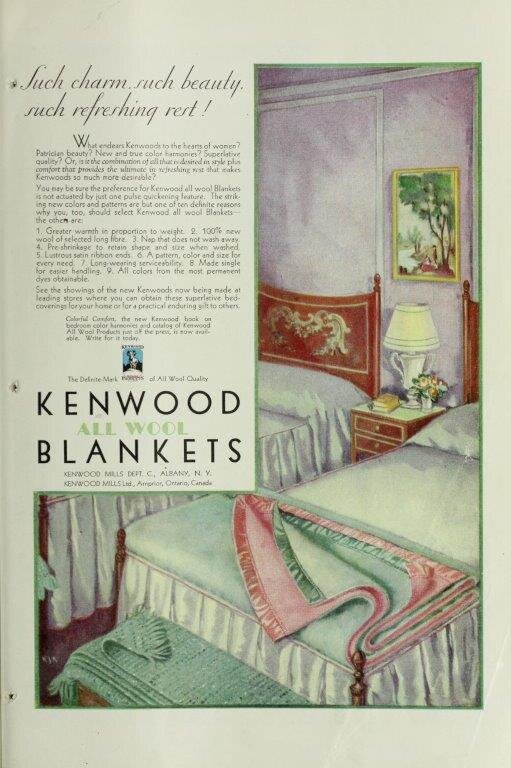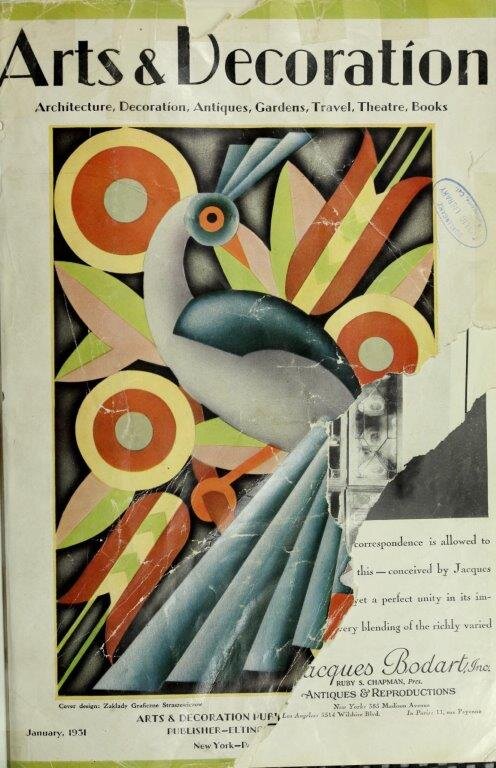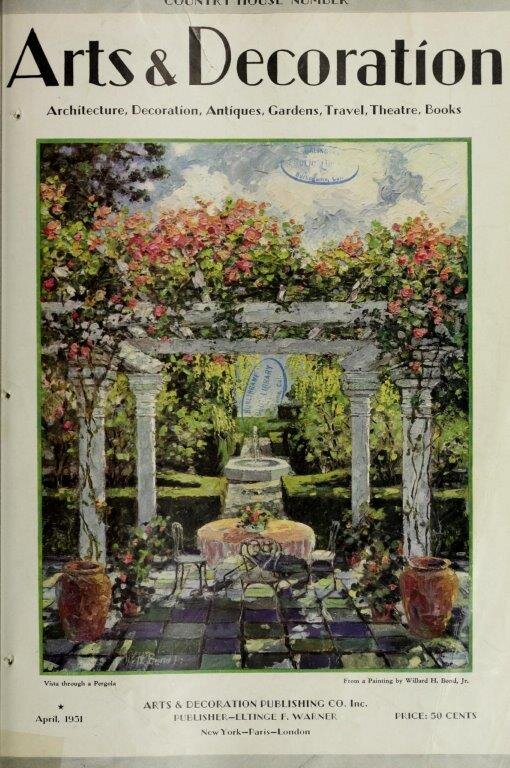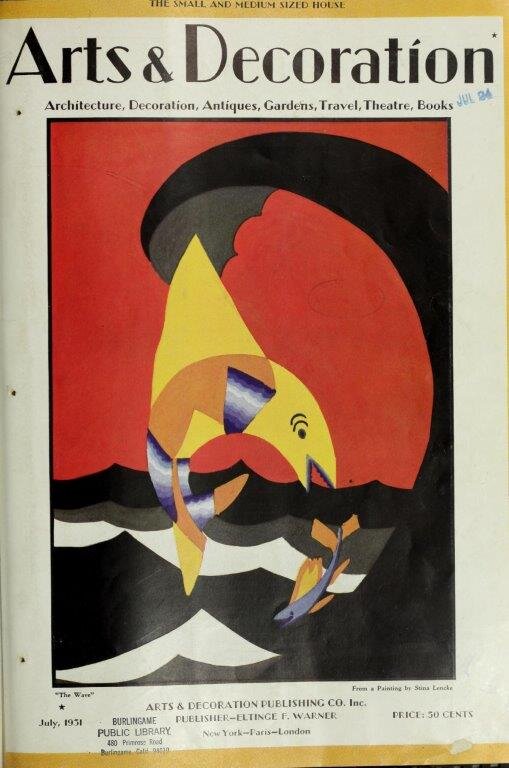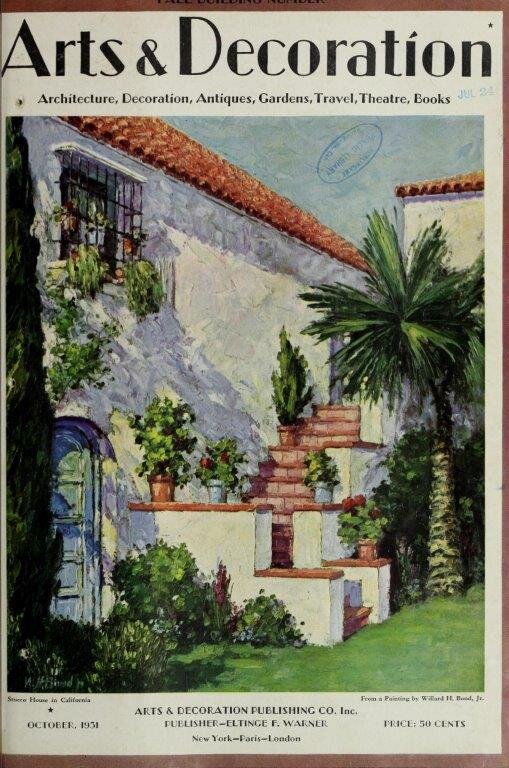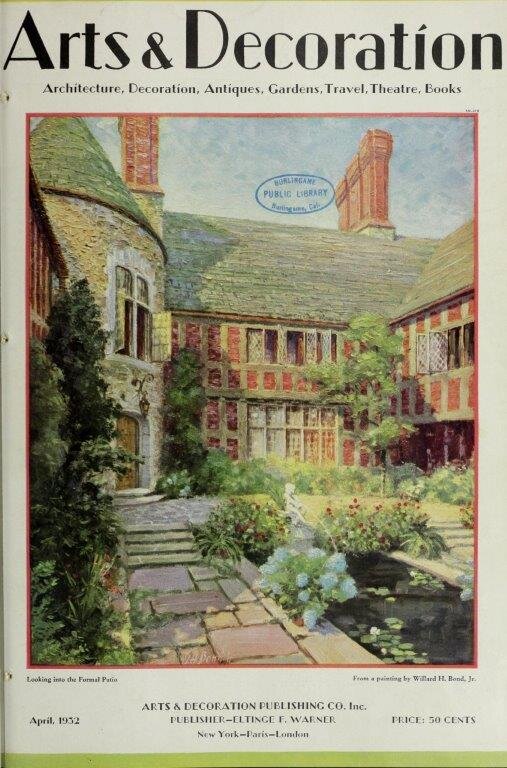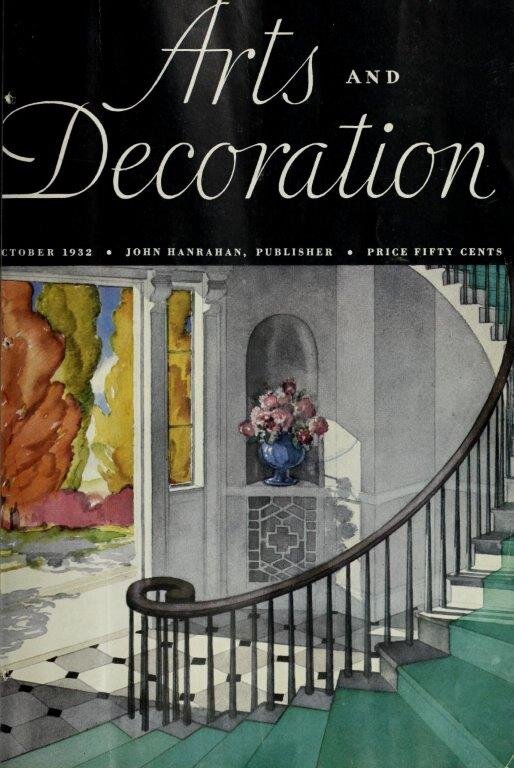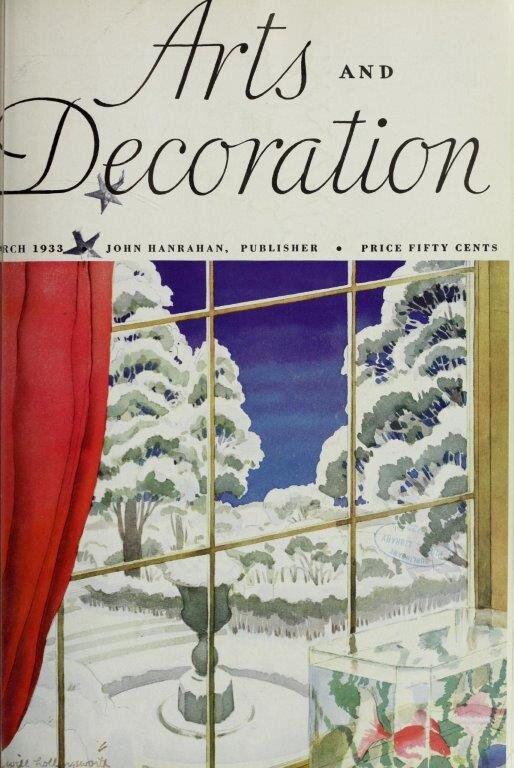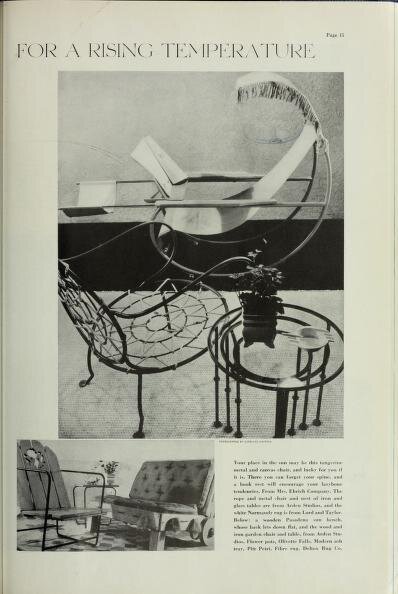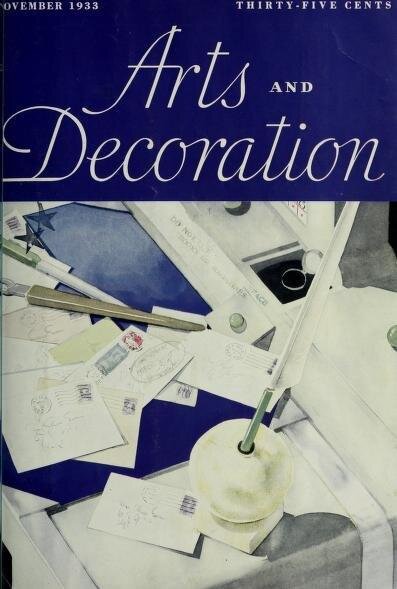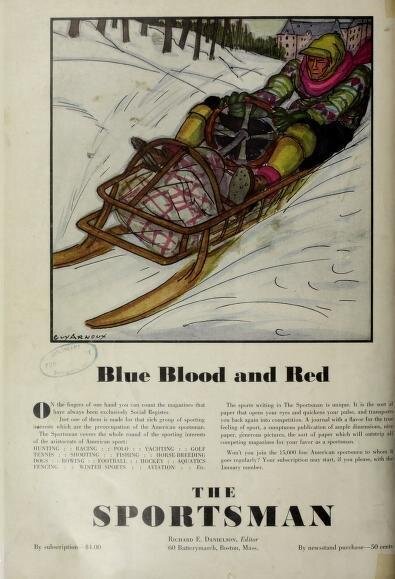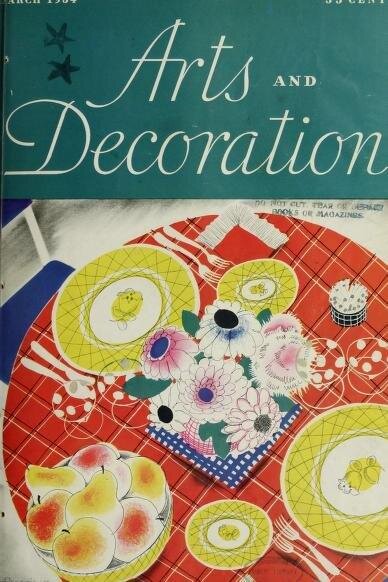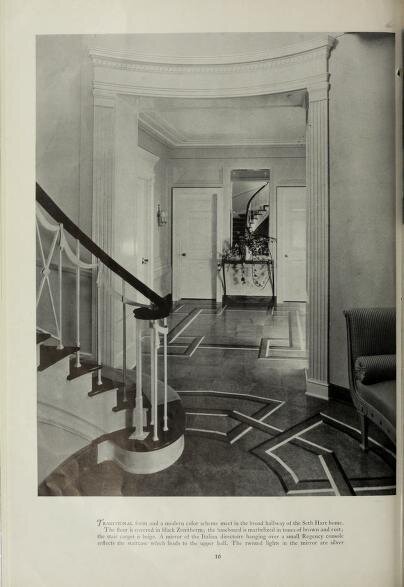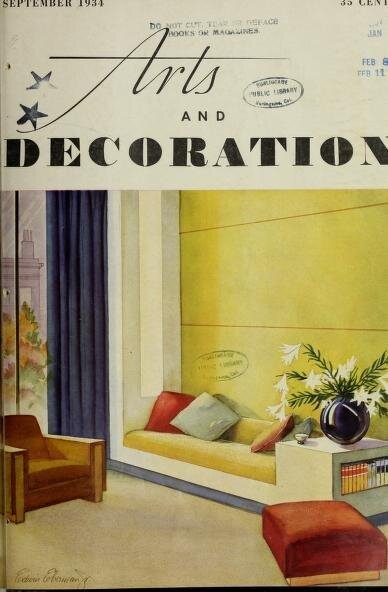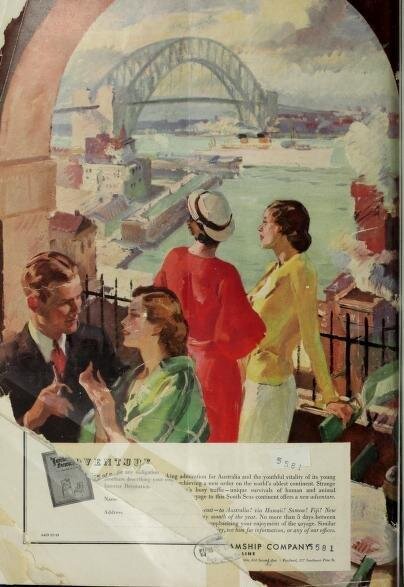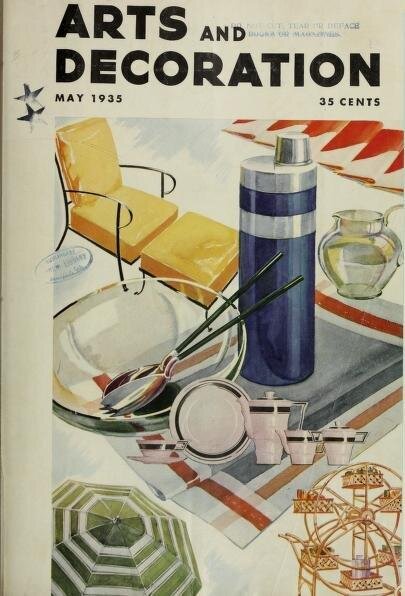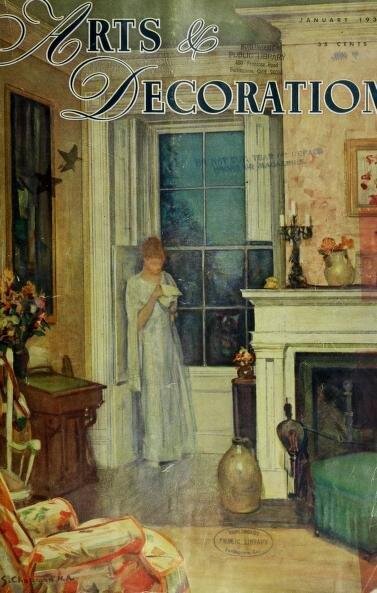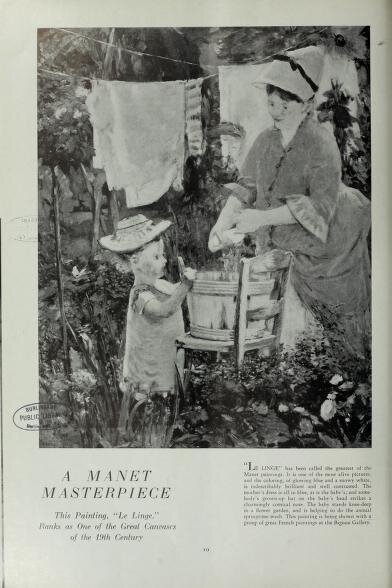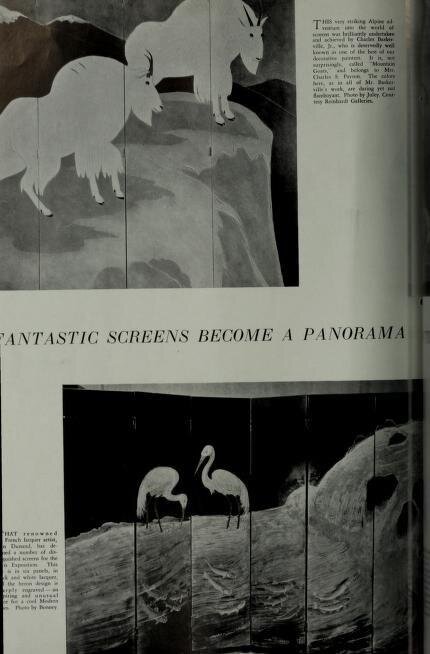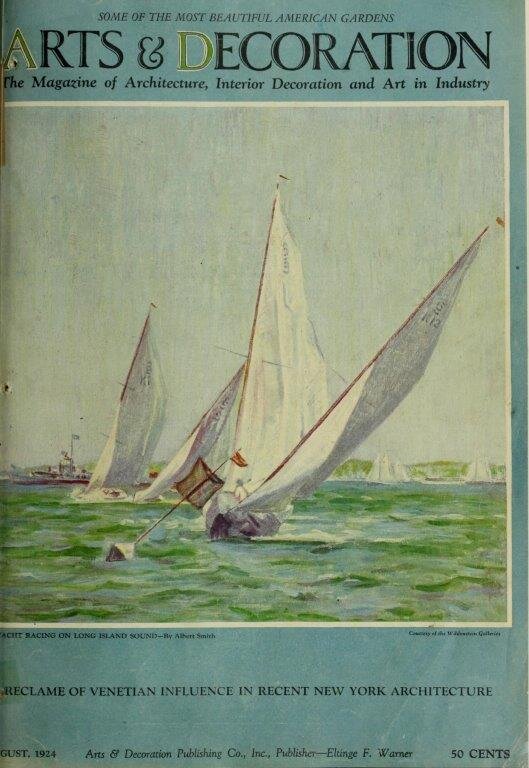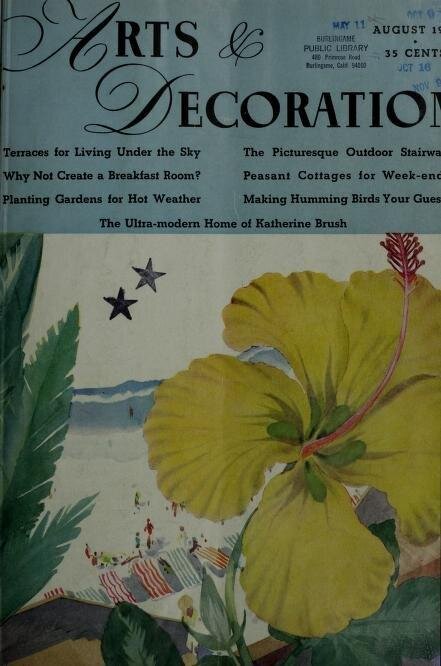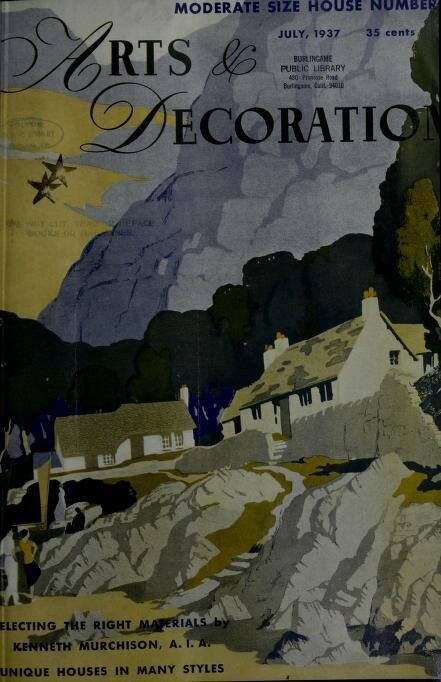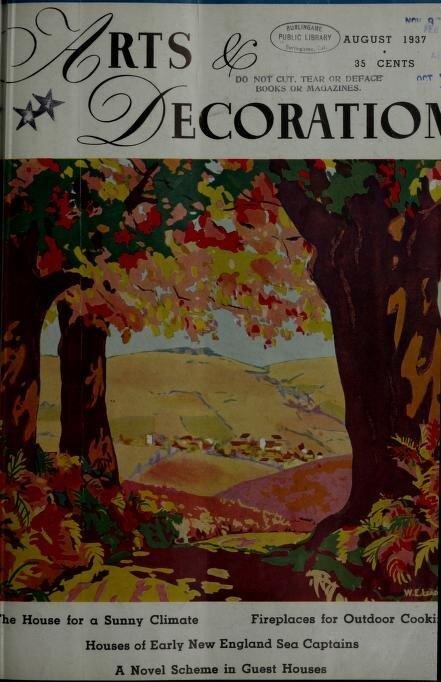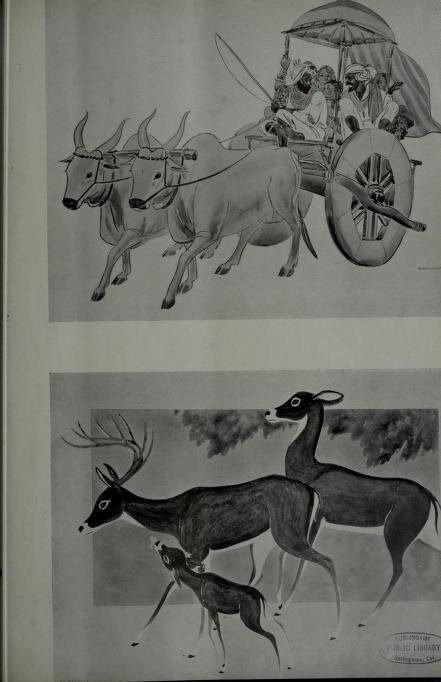Life Magazine in 1938
/Internet Archive has digitized versions of many Life Magazines. I have been browsing through them – slowly since there was an issue for each week. As I looked at the issues from 1938, I thought about my parents in elementary school then. They were probably still mostly oblivious to the events in the broader world – secure with their families in rural/small town Oklahoma. The sample images (one from each weekly magazine) show a variety of topics the Life editors chose to cover over the course of the year. The growing news of war in Europe was in the news but life in America was not impacted very much.
Life Magazine 1938-01-03 – the Mormon Temple (Salt Lake City)
Life Magazine 1938-01-10 – Florida
Life Magazine 1938-01-17 – Texas oil
Life Magazine 1938-01-24 – Chinese fighting against the Japanese invasion
Life Magazine 1938-01-31 – Helium from plant in Amarillo TX exported to Germany for Zeppelin
Life Magazine 1938-02-07 – Women’s shoes
Life Magazine 1938-02-14 – Georgia O’Keeffe
Life Magazine 1938-02-21 – Carl Sandburg
Life Magazine 1938-02-28 – Helen Keller
Life Magazine 1938-03-07 – Hitler at Berlin Philharmonic
Life Magazine 1938-03-14 – Products from Mexico
Life Magazine 1938-03-21 – Old music in new ways (radio and records too)
Life Magazine 1938-03-28 – Lives broken in Austria by Nazi conquest
Life Magazine 1938-04-04 – Junked cars
Life Magazine 1938-04-11 – Tornado in Kansas
Life Magazine 1938-04-18 – Lipton tea
Life Magazine 1938-04-25 – Bridge to Key West finished
Life Magazine 1938-05-02 – Three Musicians by Picasso
Life Magazine 1938-05-09 - Mussolini
Life Magazine 1938-05-16 – Solar flare
Life Magazine 1938-05-16 – Hitler and Mussolini
Life Magazine 1938-05-30 – Ford tires
Life Magazine 1938-06-06 – Princeton boys
Life Magazine 1938-06-13 – Pattern of War
Life Magazine 1938-06-20 – War in China
Life Magazine 1938-06-27 – New plane and train
Life Magazine 1938-07-04 – Copper Mine
Life Magazine 1938-07-11 – Coca Cola
Life Magazine 1938-07-18 – Hopi impact on modern home design
Life Magazine 1938-07-25 – Princesses Elizabeth and Margaret with their mother
Life Magazine 1938-08-01 – Refinery fire
Life Magazine 1938-08-07 – Mao Tse-tung and the Chinese communists
Life Magazine 1938-08-15 – Sears, Rowbuck and Co. catalog covers
Life Magazine 1938-08-22 – Air transport maintenance
Life Magazine 1938-08-29 – Beach clubs
Life Magazine 1938-09-05 – College clothes
Life Magazine 1938-09-05 – Nazi war preparedness
Life Magazine 1938-09-19 – Czechoslovakia
Life Magazine 1938-09-26 – Hitler facial expressions
Life Magazine 1938-10-03 – France’s Maginot Line
Life Magazine 1938-10-10 – Nigel Chamberlain
Life Magazine 1938-10-17 – Gas mask queue
Life Magazine 1938-10-24 – “America in 1938 needs fewer men with guns and more men of good will”
Life Magazine 1938-10-31 – US Navy
Life Magazine 1938-11-07 – Gorges of the Yangtse
Life Magazine 1938-11-14 – Halloween in Kansas City
Life Magazine 1938-11-21 – Coca Cola
Life Magazine 1938-11-28 – Rice Krispies
Life Magazine 1938-12-05 – Christmas toys
Life Magazine 1938-12-12 – Spanish War
Life Magazine 1938-12-19 – Mary Martin
Life Magazine 1938-12-26 – The Vatican













































